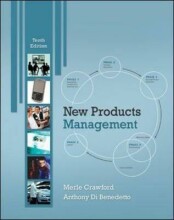Behavioral Finance - Limits to arbitrage
4 important questions on Behavioral Finance - Limits to arbitrage
Limits to arbitrage: implementation costs
- Transaction costs
- bid/ask spread, direct transaction costs
- Liquidity
- Capital needed for margin requirements (good faith money)
- Short selling
- Derivatives
-> arbitrage might not be complete: c
Limits to arbitrage: Noise trader risk
- What if prices diverge even further in the short run?
- Whatever force created the mispricing in the first place, could make it worse
- Prices could move to 29 in Ams and 33 in Lnd
- Short run loss for the arbitrageur
- Margin call for short leg
- Can be caused by 'noise traders'
- Part of market participants who are not fully rational
- If this part is large enough, it can affect prices
Limits to arbitrage: Fundamental risk
- The market can move against the position of the arbitrageur
- Markets are not complete
- Higher grades + faster learning
- Never study anything twice
- 100% sure, 100% understanding
What are the results of the limits to arbitrage? (if we follow the three arguments)
- Prices might not always reflect the fundamental value
- Typically, EMH is tested as a test for random walk of prices
- Classic approach: There may be non-rational traders active in the market, but these will be driven out by rational arbitrageurs: prices are right -> no free lunch
- Behavioral finance answers: This may not be the case: no free lunch does not mean that the prices are right
The question on the page originate from the summary of the following study material:
- A unique study and practice tool
- Never study anything twice again
- Get the grades you hope for
- 100% sure, 100% understanding





























